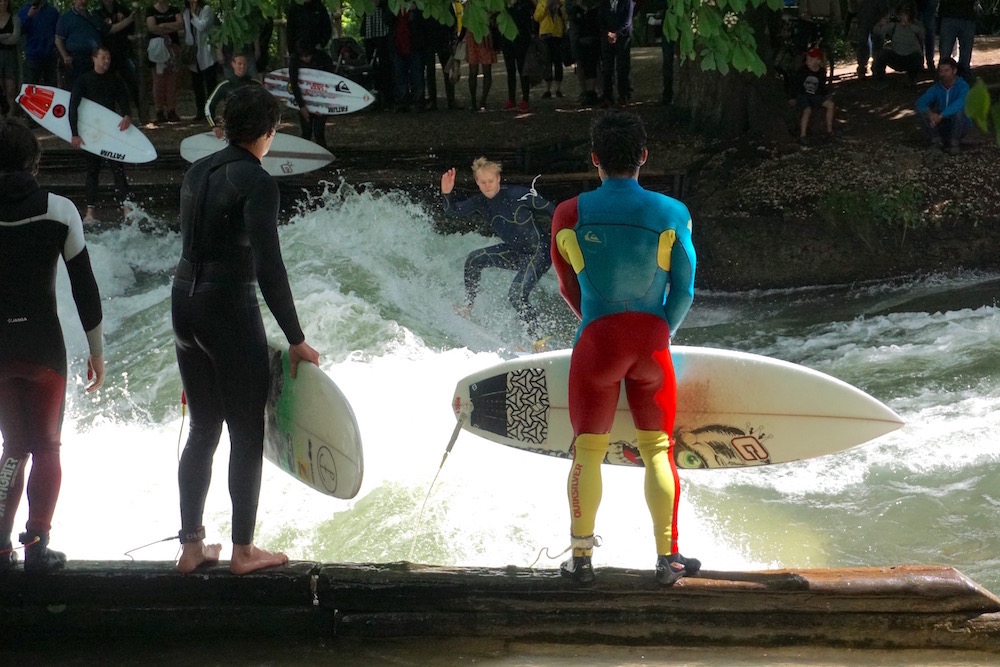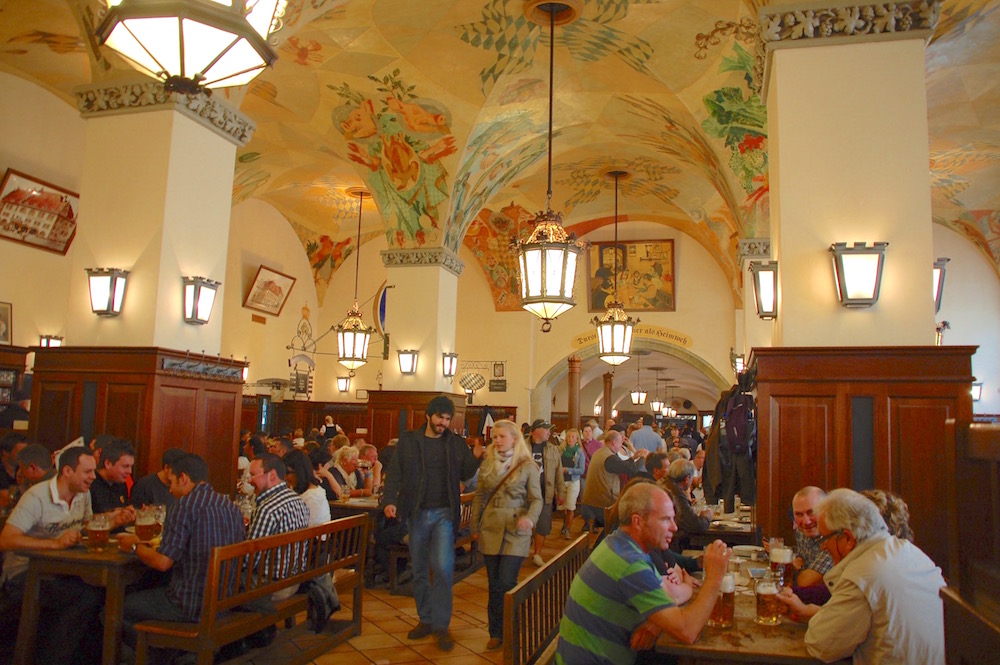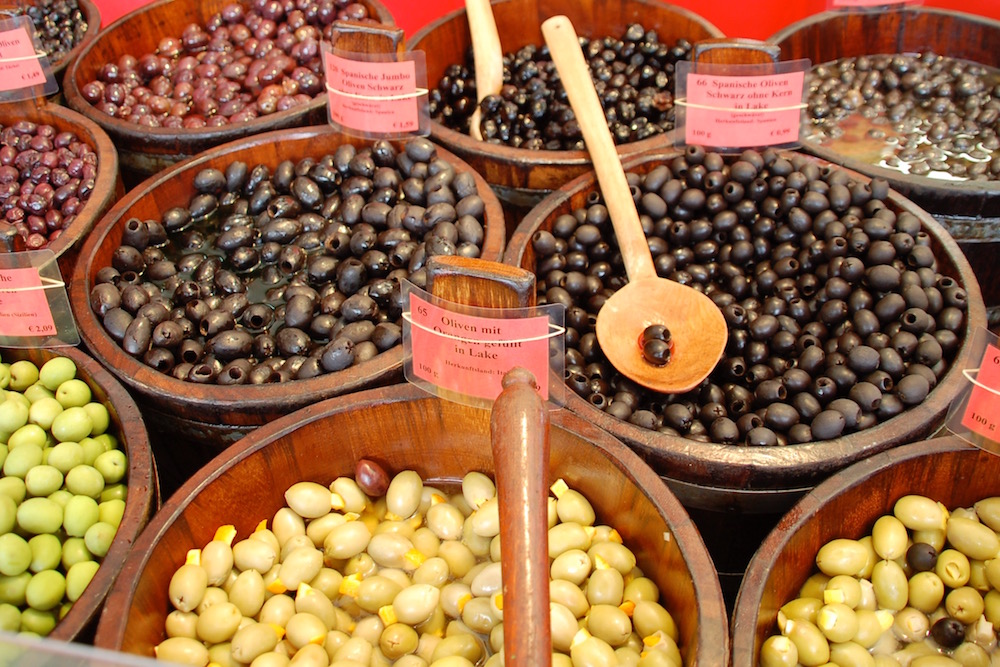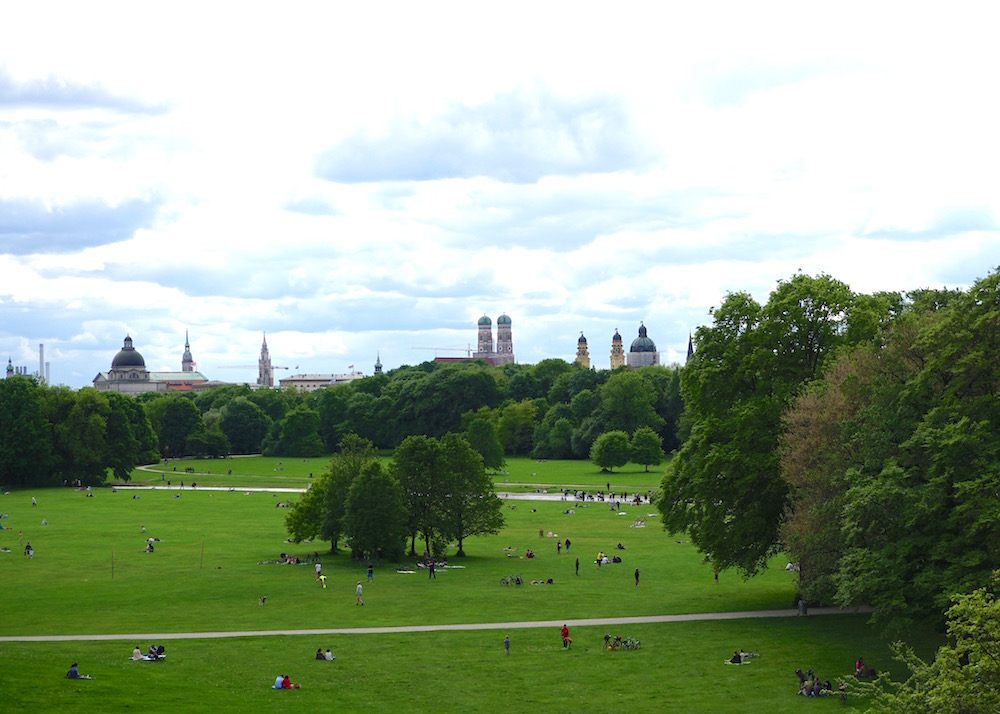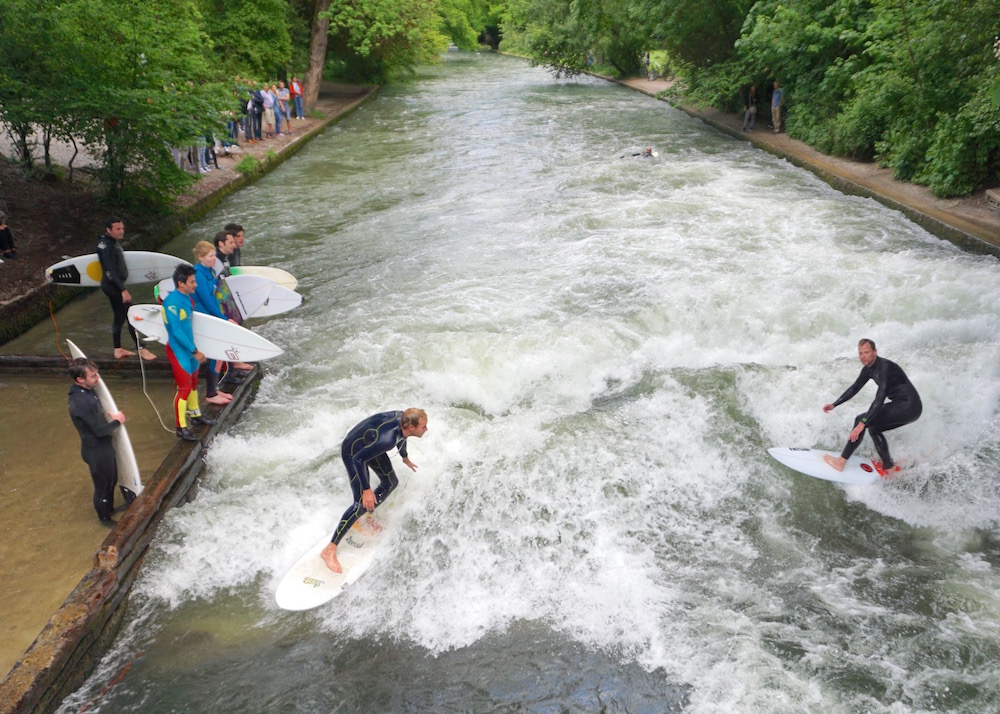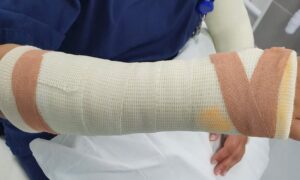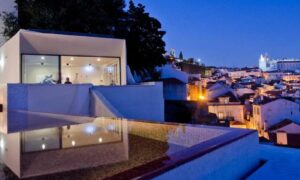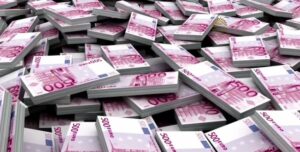Munich, the capital city of Bavaria (Bayern), is so much more than the cliché of Oktoberfest and bosomy waitress wearing dirndls, carrying massive litre-sized glasses of beer.
The city is one of the top 12 most livable cities in the world, according to Mercer’s Quality of Living survey and each time I visit I find myself a little more captivated.
Although Munich was heavily bombed during World War II by the Allies, the efficient Germans rebuilt the city in its pre-war image. Despite its historic dark connection with the Nazis, is now one of Germany’s most popular tourist cities.
The city was built on the foundations of monks and salt, eventually becoming the capital of Bavaria under the rule of the Wittelsbach royal family in the 1800’s. During that time, many of its neo-classical buildings were built, and the city became a centre for the arts and sciences with such notable residents as Einstein, Wagner, and Strauss, just to name a few.
The authentic Munich of Viktualienmarkt and beer gardens
My annual visits are always awaited with excitement and my time in Munich usually follows a predictable path … first stop, the Viktualienmarkt.
This large fresh food and flower market, founded in the early 1800’s, is a favorite place for Munich citizens and visitors. It has more than 140 stalls selling everything from cheese, meat, bread, fish, and vegetables, to flowers.
In the centre is a towering blue and white maypole representing the crafts of the town and beneath it a beer garden, shaded by old chestnuts trees, where locals, businessmen, and tourists sit side-by-side enjoying a beer from one of the city’s six brewers, each featured every six weeks.
It’s a great place to people watch.
Once you have bought your food from one of the surrounding stalls, you can sit back with a cold beer and discuss with the lederhosen-clad local sitting next to you on the long tables how the local football team, Bayern Munich, is doing.
Beer gardens are a big part of Munich and Bavarian life.
There are apparently 180 beer gardens in the city and they came into being because Bavarians used the shade of the chestnut and linden trees to keep the brewing beer cool. In 1812 King Max Joseph I made the drinking of beer in a garden and bringing in your own food official. Hurray for King Max Joseph!
Some of my favorites for that wonderful pastime of sitting beneath leafy bowers of chestnut trees, with a fresh pretzel and a cold beer are:
• The Augustiner Keller near the main train station.
• The Chinesischer Turm (Chinese Tower) in the Englischergarten
• The Park Café, in the Old Botanical Gardens.
Next visit I’m planning to try out the Olympiapark (site of Munich’s ill-fated 1972 Olympics).
After a beer, if it’s a sunny day, I collect my delicious selection of foods gathered in the market and head to a local park for a picnic.
Surfing in the English gardens
Munich is famous for the Englischer Garten or English Garden, the Central Park or Hyde Park of Munich, an area of 900 acres that has been the city’s backyard since 1789. The park is designed to represent the English countryside and has winding paths through woodland, an open meadow area, a meandering river and, of course, a beer garden!
The winding paths provide places to ride bikes or walk off the bratwurst, and the meadow, a huge area, used by locals to picnic, worship the sun (both clothed and unclothed!) and play Frisbee and football.
In recent years, it’s also become famed for its surfing!
The Eisbach River mostly flows beneath the city but at the edge of the Englischergarten, it is forced out under pressure causing a constant 0.5-metre-high wave, where local surfers gather to impress each other and the spectators with their board skills.
I am always drawn to this spectacle, as it is so peculiar to stand with your back to a busy street and watch surfer dudes and dudettes riding the wave beneath the boughs of chestnut trees!
Another favorite spot is the Hofgarten, the garden attached to the former royal palace, the Residenz. The Italian style garden is a quiet area to sit, as most tourists seem to be passing through. At the back of the gardens is the building housing the Bavarian government, the State Chancellery, and Munich’s understated, almost humble war memorial.
Culture, thy name is Munich
Once I’ve munched on my picnic it’s time to explore a museum.
The city’s art influence can still be felt in the many art museums today, all a joy to wander through and on a Sunday entrance is free.
The Alte (old) Pinakothek is filled with art from the Middle Ages to the late Baroque and feels somewhat akin to a cathedral of the arts. The Neue (new) Pinakothek has contemporary art from the 19th century to bedazzle you, with one of the largest English art collections outside of the UK and the Pinakothek der Moderne stuns you with its sheer scale before you even start on its collection.
Each visit I pick another museum to immerse myself in for an afternoon and I still have many to choose from.
The science/technical side of the city is represented with the Deutsches Museum, the world’s largest technical museum at 50,000 square metres….I’m waiting for a long wet afternoon for that visit.
The BMW museum has more than 120 BMW vehicles and, although not a car enthusiast, I am planning a visit to this stunning building at some point in the future if only to please my husband!
If architecture is your interest, the city has much to admire, from the selection of beautiful old churches, the royal palaces including the Residenz and Schloss Nymphenburg, the museums, venues and theaters, and modern Munich, which has stunning buildings such as the Olympic Park and the Allianz Stadium.
Shopping and dining
 Once my soul has been nourished I round off the day with a little shopping.
Once my soul has been nourished I round off the day with a little shopping.
Munich has a wonderful selection of stores in the city centre, whether you are hankering after a traditional dirndl or clothing from the chain clothing stores.
• Neuhauserstrasse, one of Europe’s first pedestrian shopping streets is where to find the larger chains and department stores
• Maximilianstrasse is the chic, luxury-saturated shopping street
• Schwabing area is home to boutiques, Sendlingerstrasse is full of individual stores and Westenriederstrasse has lots of antique stores to browse.
The day ends with a beer or two at one of the previously mentioned biergartens and then dinner at one of the many great restaurants in Munich.
Bavarian food is easy to find of course, but Munich has a great selection of international cuisine.
Some personal favorites are:
Prinz Myshkin a wonderful vegetarian/vegan restaurant.
Broeding, a small innovative restaurant that offers a six-course wine pairing menu.
Pfistermühle, traditional Bavarian food reinterpreted.
With a warm glow, a shopping bag or two, and a head spinning with great artworks and surfing I make my way back to the hotel to rest before starting over the next day.
Photographer/writer Jackie Harding was born in the United Kingdom. As a long-time expat, she lived in Boston for 12 years and in the Netherlands for the past 10 years.
Trained as a nurse in the U.K., she worked for nine years in the United States as a special education teacher’s assistant. Since moving to the Netherlands, she has discovered writing and photography.
Contributing to Dispatches since 2016, Jackie has written about her travels around Europe as well as about expat life and issues.
She also covered the Women’s March Amsterdam.
She’s married to British businessman Martin Harding and is the mother of two international adult children.


